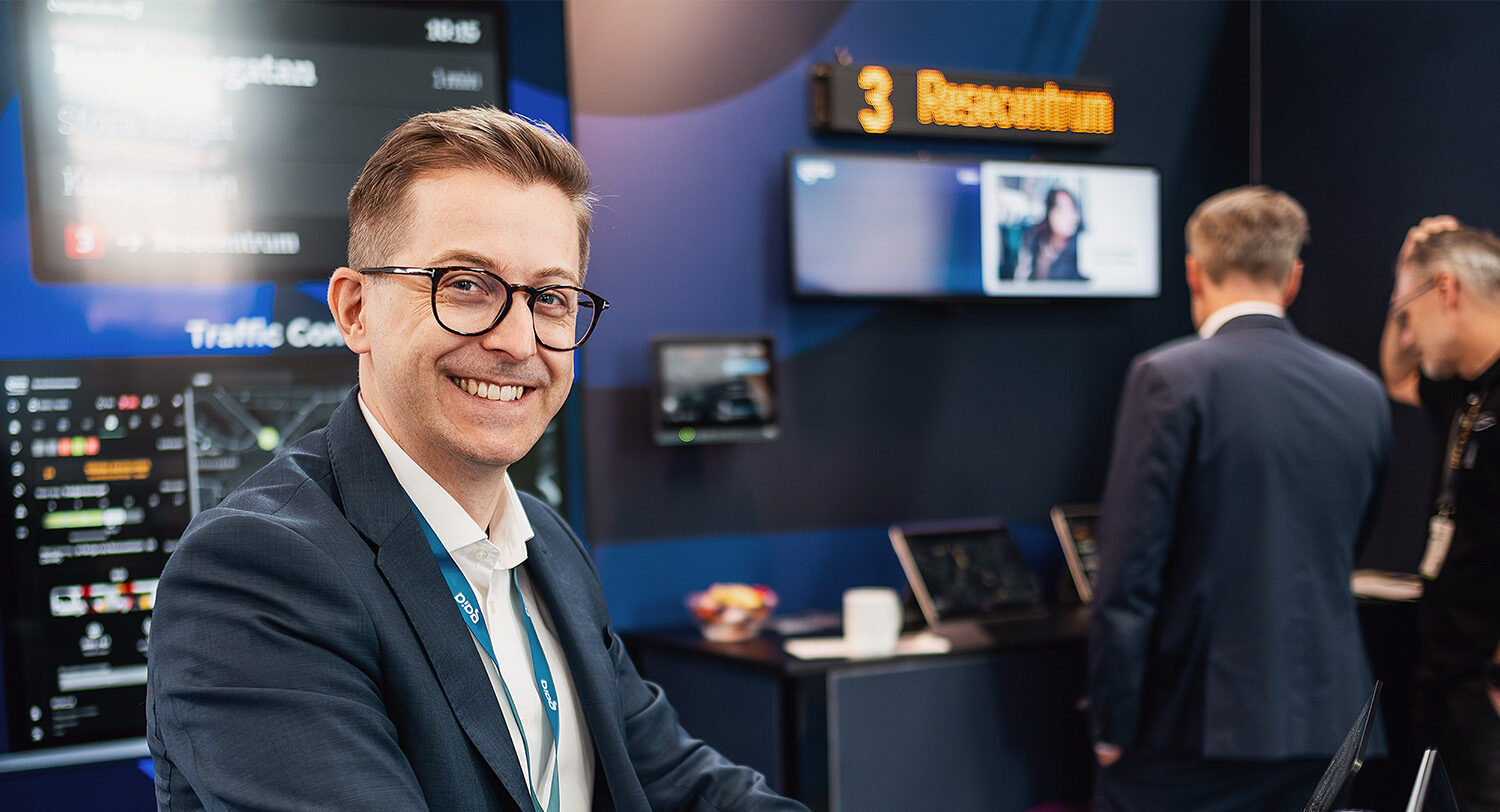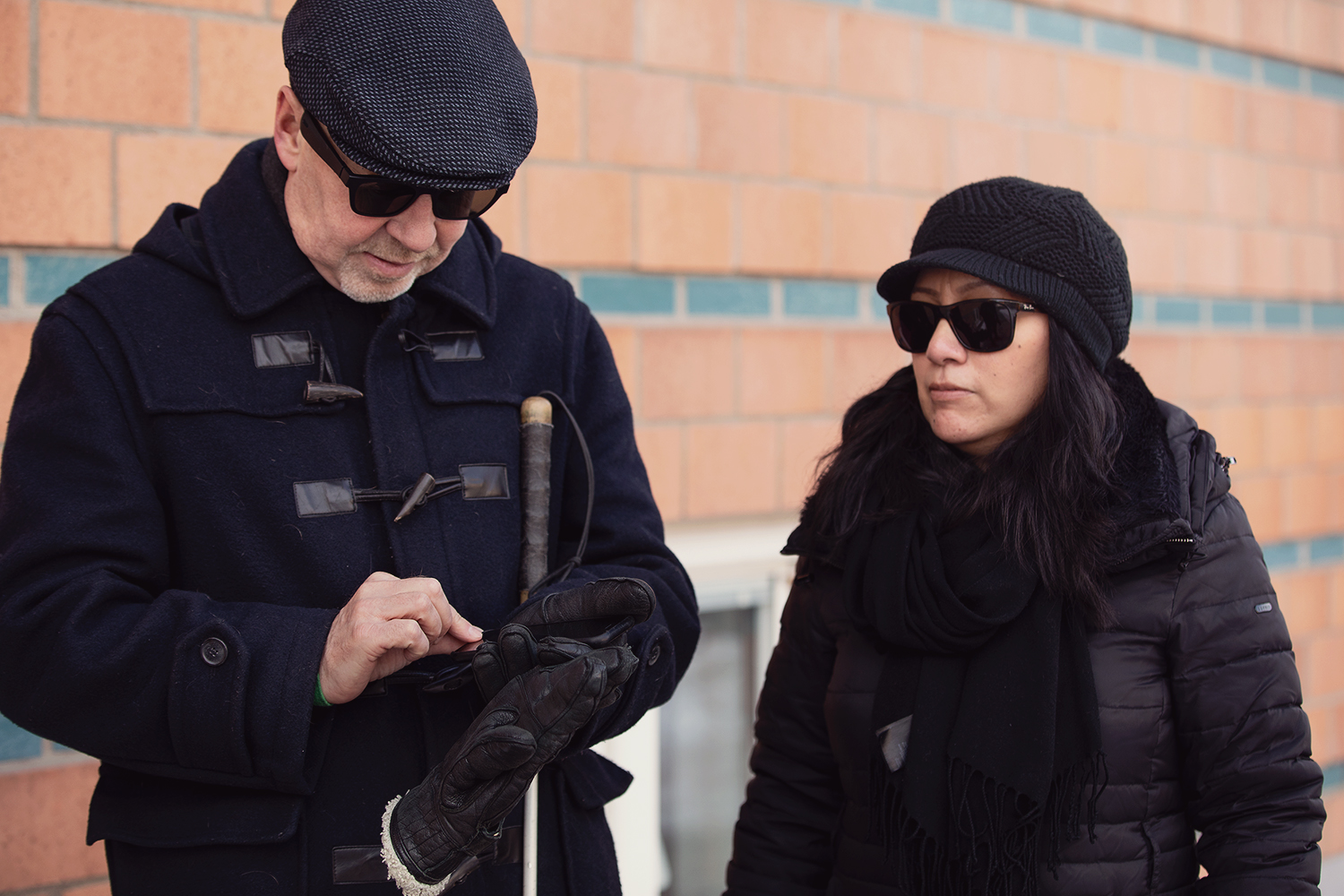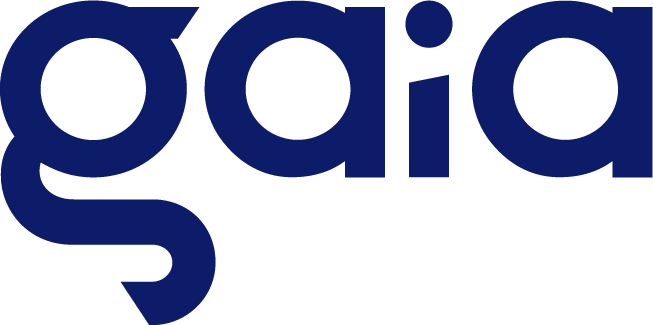Article
Our 5 key insights from IT-Trans 2022
Published 2022-05-31
We have now had time to reflect on our three full days in Karlsruhe at IT-Trans – a trade fair and conference with a focus on IT solutions in public transportation. There we met a multitude of industry colleagues and actors from different parts of the world who, like us, are passionate about creating better public transportation. There were many exciting discussions, new thoughts, and insights about the industry’s development.
After two years without trade fairs and a lack of physical meetings, it really felt time to meet in person again. This was particularly evident in the exhibition halls at IT-Trans, where many talkative individuals circulated around the booths. On site, there were over 300 exhibitors from 35 different countries. This led to many exciting discussions and insights into where public transportation is and where it is heading. We have compiled our top insights from the fair so that you can take part in them here.
- Björn talks to a visitor at our booth at IT-Trans.
- Emilia talks about Gaia Public Transport.
1. Travelers’ individual needs are more in focus.
With our day-to-day services getting more connected and personalized, travelers have started expecting more from public transport. It’s becoming more important to keep your passenger updated on what’s going on and ensure the journeys flow seamlessly, especially to increase public transport ridership.
2. The Nordic Countries are at the forefront of technological development.
The open approach to traffic data and the good mobile internet connection coverage in the Nordic Countries have made it possible to connect the vehicles and develop new solutions to create value from real-time data. Other European countries see difficulties in handling connected vehicles due to the lack of internet connection in larger areas of the nations. Even competitors commented that they think we are making solutions for the future, even though their customers in central Europe aren’t technically mature to use it today.
3. Cloud-native solutions are growing.
We now start seeing more cloud-native services emerge in an industry dominated by traditional solutions. Seeing how others work towards a more connected public transport is inspiring. Like us, they see the benefits and advantages of handling information in the cloud. However, there is still a long way for some actors to go before they can start using these types of solutions.
4. Standardized protocols enable collaboration.
Many traditional systems are restrictive in how they can communicate with other systems, but we see the beginning of a shift toward standardized protocols in public transport. The use of standardized protocols creates the opportunity to choose products from several suppliers that can collaborate. It lets Public Transport Authorities and Operators use the strengths of each system for better public transport.
5. MaaS is the future.
The digital revolution in public transport is a fact. At IT-Trans, there was a lot of talk about MaaS (Mobility-as-a-Service). The development in the industry points toward a more data-driven public transport with DRT (Demand Responsive Transit) in the future. However, real integrations of MaaS are still rare. There are some detailed solutions, but there’s still a lot of work to do before we can start seeing complete solutions for this type of traffic. We hope and believe that we will be a part of driving the development forward in this area in the coming years. This is only the beginning!
In Summary
To sum it all up, public transportation is facing major changes, and we see that the Nordics are at the technological forefront. A digital revolution is underway with increased demands on public transport. At present, there is a significant difference between those who only use traditional solutions and those who are beginning to open up to new types of solutions. By being more open and transparent with traffic data, and by starting to use standardized protocols, an industry is created where several actors can collaborate and develop modern solutions that benefit public transport. We are moving towards more needs-driven traffic, but there is still a lot left to do. This is just the beginning!
You can read more about Gaia Public Transport here.







